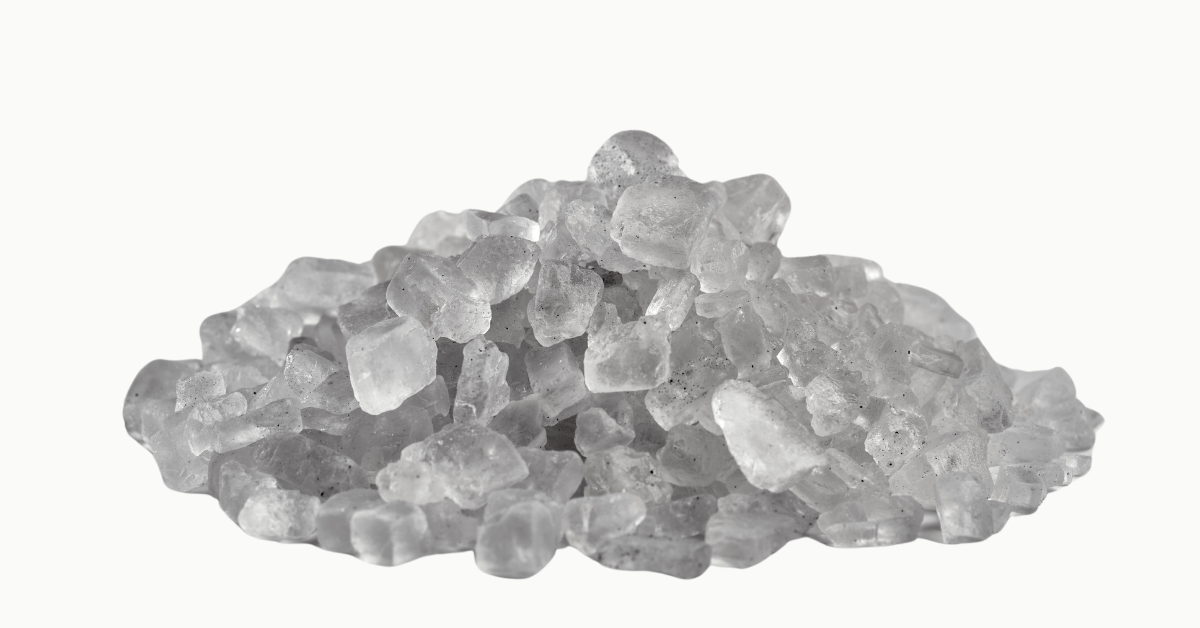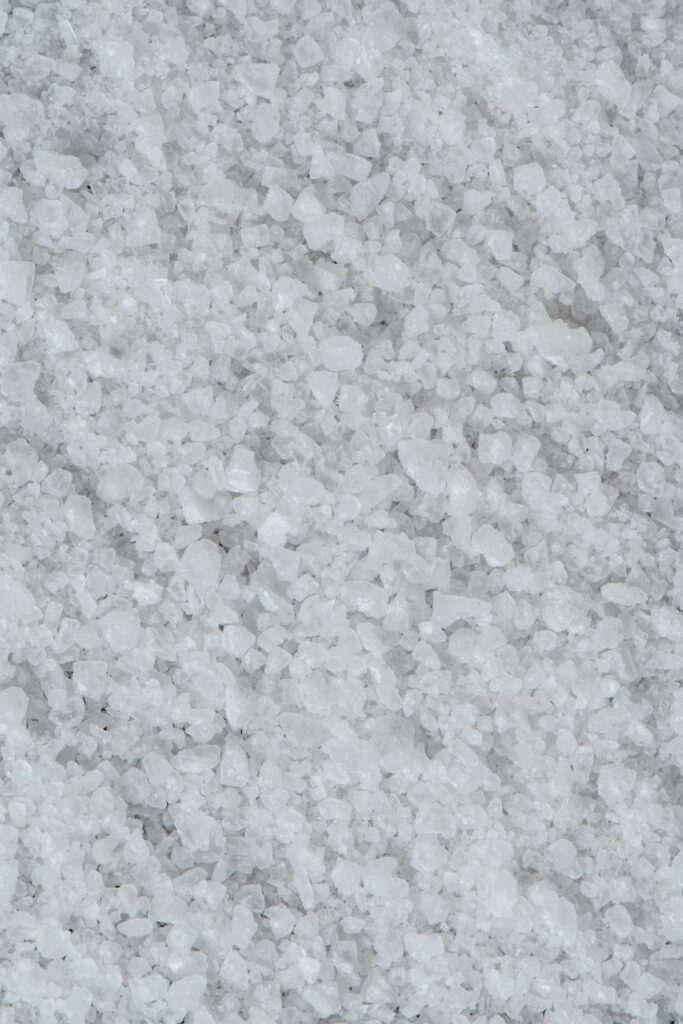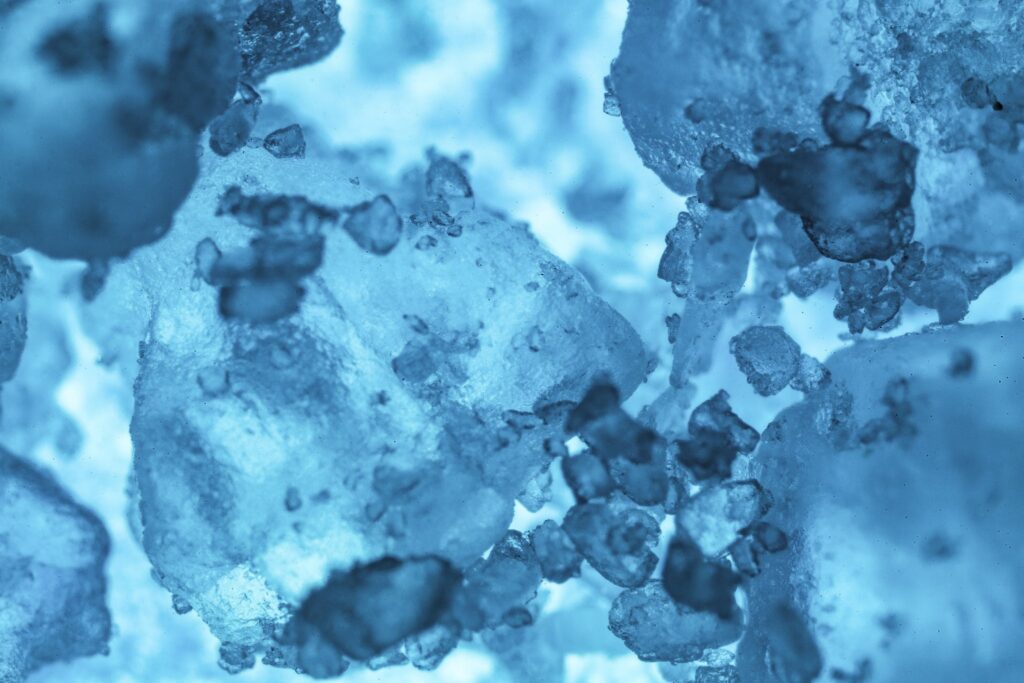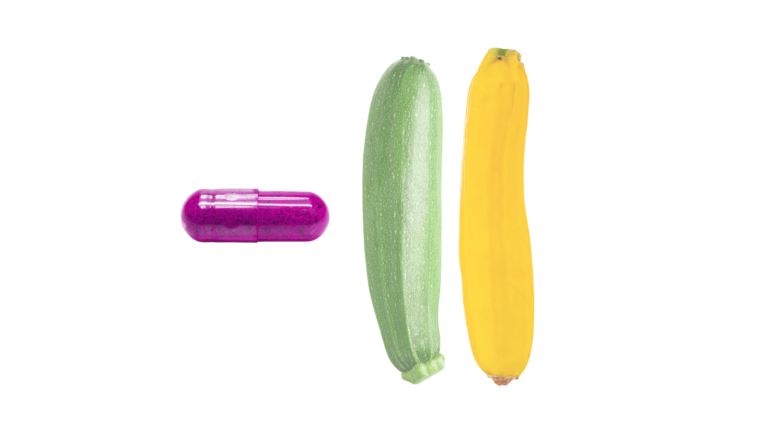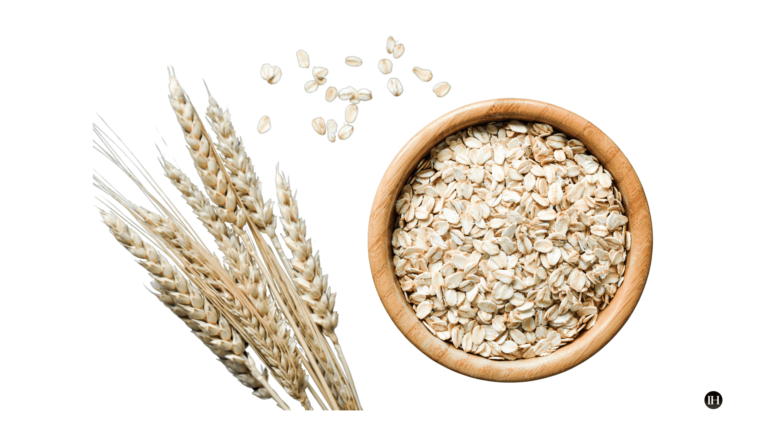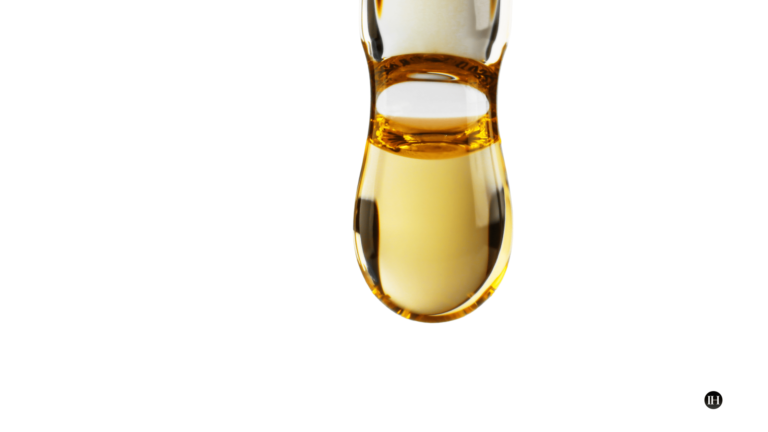Epsom Salt Bath For Stress Buster, Better Body & Sleep
Epsom salt bath is magnesium sulfate bath. This mineral is a pure mineral compound that contains magnesium, sulfate, and oxygen.
It is used for a variety of therapeutic benefits, such as reducing inflammation, soothing sore muscles, and improving sleep and relaxation.
Healing practices using mineral salts are found in Ayurveda and they has been supported by traditional scientific texts. Additionally, the use of healing salts can be traced back to approximately the 2nd century BC.
Subsequently, epsom salt bath can be a highly effective mineral soak for general aches, pains and other areas which this article explores.
Key Points In This Article
This article examines why an epsom salt bath is useful for musculoskeletal discomfort, seasonal stiffness, post-exercise recovery, and other areas.
The key focus in this article is primarily on external use and the context of magnesium’s effect on our body.
Also, we’ll delve into the specific ailments that this mineral soak may soothe through transdermal effects along with any available case studies.
Epsom Salt Bath “Magnesium Sulphate” (MgSO4)
Magnesium sulphate is a mineral that has a solid physical state and its common name is epsom salt.
Its physical characteristics are a white crystalline powder form or colourless crystals. This mineral is odourless and soluble in hot water, which makes it ideal to use with particular therapeutic oils.
Transdermal Activity During Mineral Bath
Available studies suggest that magnesium in epsom salt is absorbed through the skin during a bath, which can help to increase the body’s levels of this essential mineral.
Bioactive Compounds Profile Of Epsom Salt
According to the United States Department of Agriculture, epsom salt is composed of Magnesium, sulfur, and oxygen, with the chemical formula MgSO4.
MAGNESIUM • SULFUR • OXYGEN
Other Names
The mineral salt has several names, here are a few examples:
| Bitter Salts | Magnesium Sulfate Anhydrous | Magnesium Salt |
Source Of Magnesium Salt “Epsom Salt”
The hydrosphere, consisting of water bodies such as lakes and rivers, is the most abundant source of biologically available magnesium.
Formation Of Epsom Salt
Epsom salt is created through the process of water evaporation from a body of water, such as a lake.
This causes the salt to separate and accumulate on the surface, forming piles or crystalline structures. It is a naturally occurring mineral that is formed through biological processes.
According to Ayurveda, this mineral is considered to be a pure substance. Once extracted, it finds various applications and uses. It is also less prone to contamination compared to minerals obtained from oceans.
Found In Several Regions
Magnesium occurs naturally in various sources, and epsom salt mineral is among such sources that are widely distributed worldwide.
Production regions include Europe, Asia, America, and others. As stated in a report by Market Data Forecast, China stands as one of the largest consumers of epsom salt on a global scale.
Furthermore, this mineral is found in inland areas.
Quality Of Epsom Salt “Grades”
Epsom salt is classified into different grades to account for variations in its chemical composition and purity.
- For instance, pharmaceutical-grade epsom salt maybe of the better quality and is suitable for use in medical and pharmaceutical applications.
- Technical grade Epsom salt, on the other hand, is less pure and is primarily used in industrial applications such as agriculture and manufacturing.
- Some salts can also state organic further suggesting purity of the mineral.
Magnesium & The Human Body
Magnesium is a vital mineral that is present in Epsom salt. It plays a crucial role in several bodily functions, such as regulating muscle and nerve function, supporting a healthy immune system, and maintaining strong bones.
Therefore, it is essential to understand the significance of magnesium and how it impacts the body. In the following overview, we’ll explore the importance of magnesium in greater detail.
Magnesium is an essential mineral that plays a crucial role in various bodily functions, including muscle relaxation, nerve function, and energy production.
Here are some interesting insights regarding the role of magnesium on the human body.
A Useful Factsheet On Magnesium The Mineral
Magnesium plays a vital role in regulating more than 300 enzyme systems responsible for diverse biochemical reactions in the human body, according to the NIH.Gov Factsheet on Magnesium.
These reactions include protein synthesis, nerve and muscle function, blood glucose control and blood pressure regulation.
Some key takeaways from the NIH.Gov Factsheet on Magnesium factsheet are:
- Bones and soft tissues contain 50-60% of the body’s magnesium.
- Low magnesium levels lead to reduced urinary excretion.
- People with type 2 diabetes are more susceptible to magnesium deficiencies.
- Magnesium has been linked to positive effects on hypertension, cardiovascular health, type 2 diabetes, osteoporosis, and migraine headaches.
Transdermal Effect Of Magnesium From Epsom Salt Bath
In terms of transdermal effect, this refers to the ability of a substance to be absorbed through the skin and into the bloodstream.

Phytotherapeutic Actions Of Epsom Salt (External Use)
From a traditional scientific perspective, mineral salt baths have a well-known therapeutic ability to alleviate a wide range of symptomatic concerns.
Epsom salt bath particularly stands out for its effectiveness in soothing and relieving aches and pains, taking into consideration the temperature of the water.
Mineral baths can provide high benefits for relaxation, healing, and overall personal care, depending on individual health status and needs.
Here are some therapeutic terms associated with epsom salt bath:
Soothing
Healing
Relaxing
Therapeutic
Relieving
Anti-Inflammatory
Is An Epsom Salt Bath Effective & Why
While some studies such as, Magnesium Sulfate Baths published on Sciencedirect state that there is a lack of documented understanding of the antimicrobial, analgesic, or anti-inflammatory benefits of epsom salt soaks, it also states that there are many anecdotal reports that suggest epsom salt baths can effectively ease musculoskeletal complaints.
Additionally, there are documented reports that support the therapeutic value of hydrotherapy epsom salt bath which is discussed below.
1. Case Study: The Water Factor in Epsom Salt Bath
Hydrotherapy has been shown to have positive effects on various conditions, according to a scientific study published in the North American Journal of Medical Sciences in 2014.
A study conducted by Mooventhan and Nivethitha has found that hydrotherapy can provide multiple health benefits, such as enhancing immunity, managing pain, and treating various conditions.
These conditions include congestive heart failure, myocardial infarction, chronic obstructive pulmonary diseases, asthma, Parkinson’s disease, ankylosing spondylitis, rheumatoid arthritis, osteoarthritis, fibromyalgia syndrome, anorectal disorders, fatigue, anxiety, obesity, hypercholesterolemia, hyperthermia, and labor.
The temperature of the water used can affect the results on different systems of the body. This research provides scientific evidence to support the widespread use of hydrotherapy.
Floatation-REST
Feinstein et al. (2018) conducted a study to examine the short-term anxiolytic and antidepressant effect of Floatation-REST.
The study involved floatation in epsom salt water and it was found that Floatation-REST had a significant short-term anxiolytic and antidepressant effect.
2. Sulphates (Sulfur) In Epsom Salt
In addition to its muscle-relaxing properties, epsom salt can assist in detoxifying the body.
The sulfates in Epsom salt can help flush out toxins and heavy metals, supporting the body’s natural detoxification processes. Therefore epsom salt bath may help cleanse and rejuvenate.
Ayurveda observes, the after effects of transdermal epsom salt bath in promoting excretion of toxins through urine immediately after. Ie; it promotes detoxification.
Sulfur is known to have antifungal, antibacterial, and keratolytic activity (“Sulfur”, 2023).
3. Case Study: Transdermal Absorption of Magnesium
The study conducted by Waring from the University of Birmingham, United Kingdom, examined the transdermal absorption of magnesium.
19 subjects took full body baths in a solution of magnesium sulphate (Epsom salt) full body bath (temperatures 50–55 °C) for 12 min for 7 days. Blood samples and urine samples were collected before and after the baths.
The results showed that most subjects had increased levels of magnesium in their blood after the baths. The measurement of magnesium levels in urine also indicated an increase after the baths.
However, it is worth noting that this study has only been published on the internet and not in a scientific, peer-reviewed journal (the complete study can be found at this link).
Bathing in Epsom salts is a safe and easy way to increase sulfate and magnesium levels in the body.
Epsom salt council
4. Musculoskeletal Therapeutic Effects
Several athletes and sports individuals with joint discomfort rely on epsom salt for its potential therapeutic benefits. Even if relief in some cases is temporary helpful in promoting a soothing effect.
5. Anti Inflammatory Effects
Epsom salt has anti-inflammatory properties that make it a useful remedy for conditions such as eczema, psoriasis, and insect bites.
In addition, a study published in the Canadian Medical Association Journal found that Epsom salt not only relieves pain and discomfort but also controls and eventually cures the inflammatory process. The study concluded that Epsom salt can be an effective treatment for a variety of inflammatory conditions (Rudolf, 1917).
Other Uses of Mineral Salt Bath
- Magnesium is used as as an analgesic soaking agent.
- It is linked to laxative effects.
- May increase short term urinary output after bath.
- Seasonal body aches and pain relief.
- Helpful in promoting restful sleep.
- Anti stress effects.
- Helpful in weight management, elimination of urine and therefore water weight.
- Natural antibacterial actions.
- Seasonal cold & flu supportive therapy.
- General body conditioning mineral bath.
Ayurveda & Mineral Salts “Gold Standard”
Ayurveda acknowledges epsom salt as a rare and valuable resource for its medicinal properties that aid in balancing the three doshas, namely Vata, Pitta, and Kapha.
Utilizing Epsom Salt Bath therapies can effectively alleviate overall bodily stress and provide relief from neck tension and stiffness.
It is an effective remedy and in general aches and pains considered a gold standard therapeutic because of its natural origins.

How To Use Epsom Salt Bath
Epsom salt bath can be used as a transdermal treatment 2-3 times a week depending on individual health status and individual requirements. It can also be once a week as a general relaxation therapy.
However, the water temperature and duration of bath depends on individual suitability.
- Add 3-4 handfuls of organic Epsom salt to comfortable water temperature.
- An anxiolytic therapeutic oil like eucalyptus, lavender or lemongrass can be added for its unique therapeutic properties for a more rejuvenating experience and better sleep.
- Or soak in a epsom salt bath without an essential oil.
Summary
An Epsom Salt Bath is a therapeutic remedy that can relieve various common discomforts and pains.
It promotes soothing, relaxing, and curative effects on the body, making it an extremely helpful therapeutic approach and can relieve muscle soreness, relaxation, detoxification and aid restful sleep.
However, it’s essential to note that the quality and grade of the Epsom Salt is important and organic non-synthetic should be given preference.
While magnesium intake from natural foods doesn’t pose any health risks for healthy individuals, transdermal magnesium soak may help in the body’s requirement for magnesium albeit different from magnesium through diet.
Precautions & Suitability
It’s important to note that epsom salt bath may not be suitable, especially for individuals with underlying medical conditions, skin irritations, broken skin, or pregnancy. It is advisable to consult with a professional.
This post is for informational purposes only and does not constitute professional advice.
Informational (Audible) Video: Magnesium Sulfate Therapeutic Bath
InteGratiive Insights
Immersion in Dead Sea water produced significant reduction in blood glucose in type-2 diabetes mellitus (DM) and no significant differences in insulin, cortisol, and c-peptide levels were observed between DM patients and healthy volunteers following immersion.
(Mooventhan & Nivethitha, 2014)
References in this article:
Gröber U, Werner T, Vormann J, Kisters K. Myth or Reality-Transdermal Magnesium? Nutrients. 2017 Jul 28;9(8):813. doi: 10.3390/nu9080813. PMID: 28788060; PMCID: PMC5579607.
https://www.ncbi.nlm.nih.gov/pmc/articles/PMC5579607/figure/nutrients-09-00813-f001
Shin HJ, Na HS, Do SH. Magnesium and Pain. Nutrients. 2020 Jul 23;12(8):2184. doi: 10.3390/nu12082184. PMID: 32718032; PMCID: PMC7468697.
https://ods.od.nih.gov/factsheets/Magnesium-HealthProfessional
Rudolf RD. The use of Epsom salts, historically considered. Can Med Assoc J. 1917 Dec;7(12):1069-71. PMID: 20311026; PMCID: PMC1584988.
Sulfur: https://en.wikipedia.org/wiki/Sulfur
Soleimanpour, Hassan et al. “Management of pain using magnesium sulphate: a narrative review.” Postgraduate medicine vol. 134,3 (2022): 260-266. doi:10.1080/00325481.2022.2035092
https://www.factmr.com/report/epsom-salt-market
https://www.marketdataforecast.com/market-reports/europe-epsom-salt-market
Costantino M, Izzo V, Conti V, Manzo V, Guida A, Filippelli A. Sulphate mineral waters: A medical resource in several disorders. J Tradit Complement Med. 2019 Apr 22;10(4):320-326. doi: 10.1016/j.jtcme.2019.04.004. PMID: 32695648; PMCID: PMC7365777.
ESC: https://www.epsomsaltcouncil.org/health/6-reasons-to-soak-in-epsom-salt/
Feinstein JS, Khalsa SS, Yeh HW, Wohlrab C, Simmons WK, Stein MB, Paulus MP. Examining the short-term anxiolytic and antidepressant effect of Floatation-REST. PLoS One. 2018 Feb 2;13(2):e0190292. doi: 10.1371/journal.pone.0190292. PMID: 29394251; PMCID: PMC5796691.

